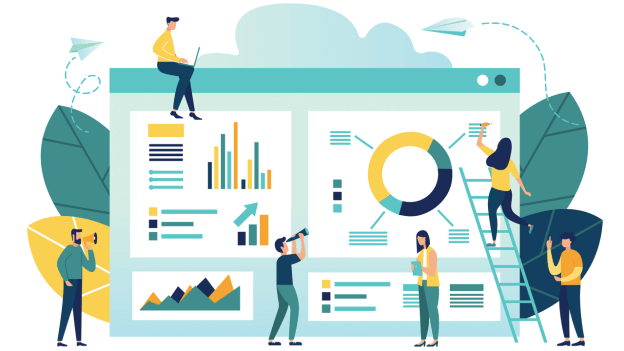
The field of human resource management has been evolving all the time and doesn’t seem to stop anytime soon. While HRs today is managing the “human” aspect of running an organisation, they have become dependent on technology that did not even exist like a decade back! All the technology has helped HRs gain access to new data, which is now known as human resource analytics.
What is Human Resource Analytics?
The term Human Resource Analytics come under digital HR. As the platform and technologies continue to evolve, people have increased access to more information digitally. HR analytics focuses on capturing, measuring and analysing the information and creating valuable insights for the organisation. This helps in data-driven decision-making leading to improved business strategies.
How does it impact HR?
As the general economy slowly adapts to the rising tide of the digital era, HRs are looking at expanding their skill sets and preparing to wear many hats within the scope of their role. Today, HR professionals should be able to draw, analyse and curate valuable insights that can help an organisation strategically. Here are three positive impacts of HR analytics:
(1) Performance and efficiency:
The majority of the organisations measure the success of activities and processes conducted by human resources by their performance and efficiency. With metrics on board, you can track the numbers and gain valuable insights into how the processes are performing. Or valuable metrics that can be tracked include the duration of hiring, its effectiveness, applications and source of hiring, applications per opening, offer acceptance rates, employee satisfaction rates, etc.
The data can be used to understand how the processes and workflow are operating, enabling you to deploy tactics and make sure everything is running like a well-oiled machine. HRs will be able to enable the use of resources in areas that need focus and offer a greater impact.
(2) Recruitment and hiring process:
Recruiting and hiring process is often expensive in terms of time and money. However, with the use of data analytics, organisations will be able to cut down on time and expenses required for recruitment and hiring and offer significant savings. Looking at all the data available, and HR can make swift decisions regarding new hires and streamline the recruitment process. Analytics make it possible to hire the best candidate straight away without having to sift through all the applicants. Also, by leveraging on this data, HR can also derive an average cost of hire to the organisation in a natural way.
(3) Employee experience:
HR managers can do more than just sifting through applicants and fillings positions by monitoring an employee’s experience. If an employee is happy, she tends to be more engaged. More engagement leads to better productivity, greater retention and higher levels of success. By monitoring metrics like attendance, engagement, productivity, and HR professional can understand an employee better. This way, HR can derive where the organisation is shining and where it is lacking. All the insights can help HR with employee compensations, benefits, vacation policies and more.
The HRs’ landscape is changing, and you need to adapt to stay ahead of the curve. If you are an HR, you should straight away enrol yourself in an HR analytics course to better understand all the information available to you. Give us a call or visit our website for more information on this course.

Leave a Reply